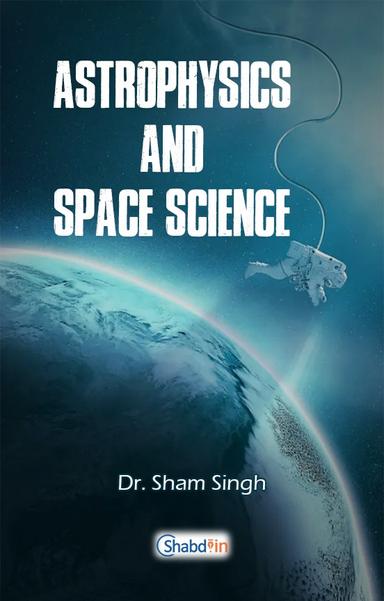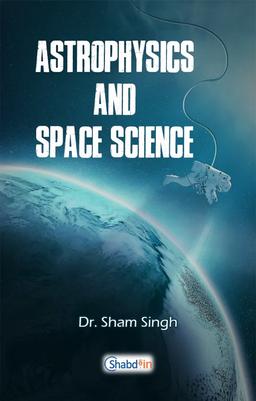
Dr. Sham Singh
I Dr. Sham Singh working as an Associate Prof. (Physics) Chandigarh Engineering College Landran, Mohali. I have 10 years teaching experience. I obtained PhD. in Astrophysics and Space Science from Awadhesh Pratap Singh University, Rewa (M.P.) under the supervision of Prof. A.P. Mishra in 2013. I have made enormous and innovative contribution to sun-earth connection using data analysis and other conventional techniques. I have visited South-Korea and Malaysia for presenting research papers in conferences. I have received best poster award in National Plasma Science and Technology in 2012. I have published 18 research papers in reputed journal and presenting 32 research papers in National/International conferences and one patent. I have the life time membership of Plasma Science Society of India. Also I have peer reviewer group of many international and national refereed journals apart from being the Indian Journal of Physics.

ASTROPHYSICS AND SPACE SCIENCE
I feel extremely happy in presenting first edition of Introductory Astrophysics and Space Science of this standard treatise to students and Professors. Physics is an indispensable part of training of our budding engineers and technologists. Each cha

ASTROPHYSICS AND SPACE SCIENCE
I feel extremely happy in presenting first edition of Introductory Astrophysics and Space Science of this standard treatise to students and Professors. Physics is an indispensable part of training of our budding engineers and technologists. Each cha


